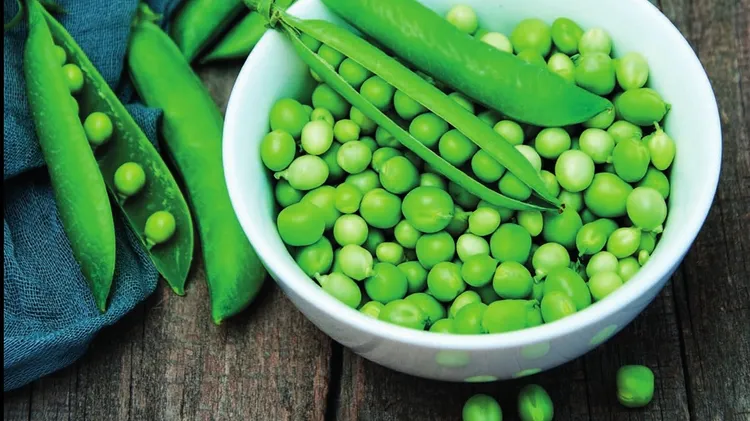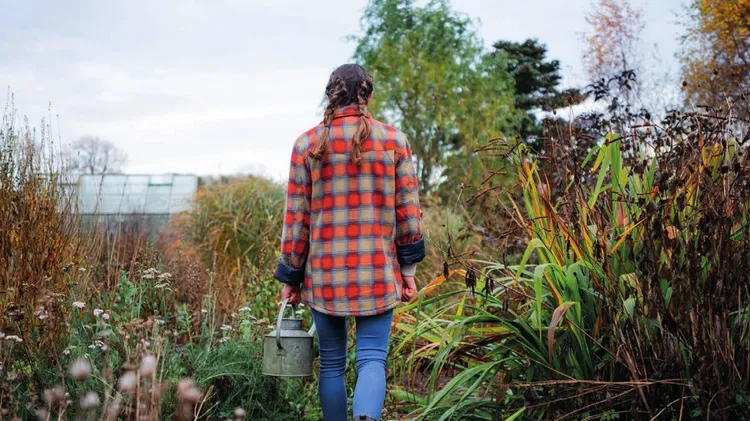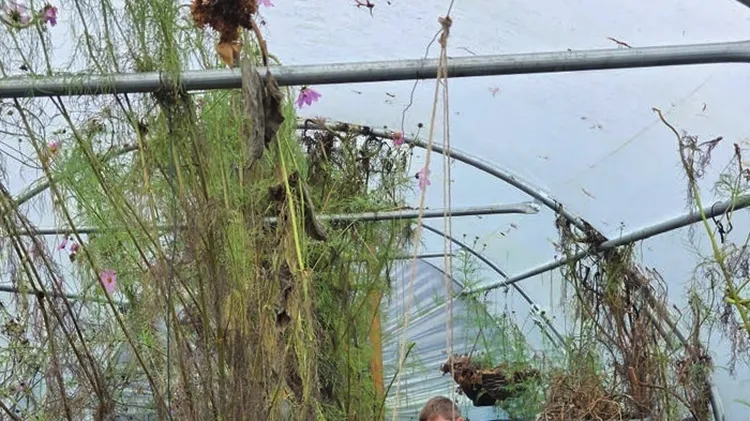THE NATURAL FORAGER’S GARDEN
Hops, hotbeds and perfect peas
4 min read
This article is from...
Read this article and 8000+ more magazines and newspapers on Readly






